Phase One of the MOSAIC rule officially takes effect today, 22 October 2025, marking the most significant transformation to general aviation in more than two decades.
The FAA’s Modernization of Special Airworthiness Certification (MOSAIC) rule opens the door for more people to fly by expanding sport pilot privileges, modernizing how light-sport aircraft are defined, and simplifying certification for manufacturers.
If that sounds like alphabet soup, here’s the short version: the MOSAIC rule makes flying more accessible, affordable, and achievable than ever before. And that’s great news for the aviation community.
MOSAIC: From Vision to Reality
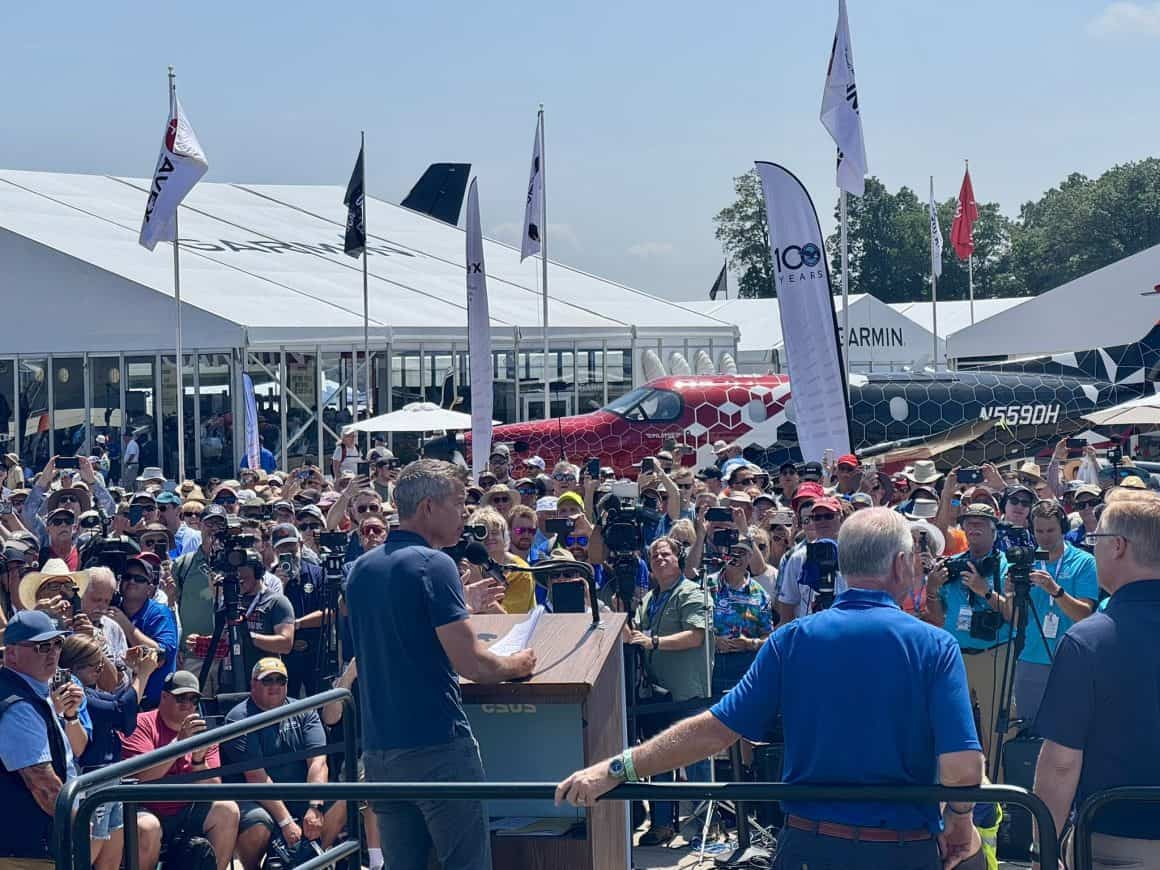
When the FAA unveiled the final MOSAIC rule at EAA AirVenture Oshkosh in July 2025, pilots and manufacturers across general aviation (GA) called it a long-overdue modernization of the way light aircraft are defined and certified.
Developed over several years in partnership with industry organizations like EAA, the FAA, and AOPA, MOSAIC redefines what it means to be a sport pilot and what qualifies as a light-sport aircraft (LSA). The change in definition translates to expanded privileges, simplified rules, and a massive increase in the number of aircraft available to fly under sport pilot privileges.
Today, those changes start taking effect.
What Changes Take Effect in Phase One of the MOSAIC Rule?
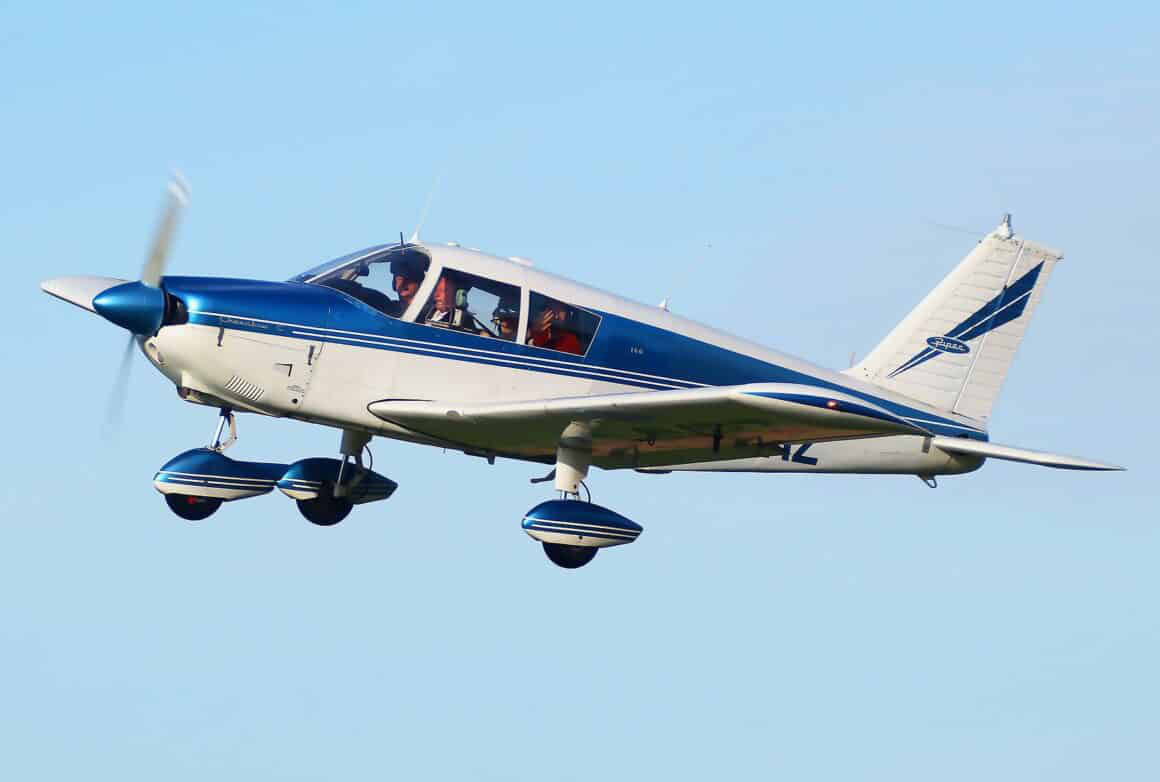
Phase One of MOSAIC focuses on pilots. Specifically, sport pilots and those exercising sport pilot privileges.
With the MOSAIC rule now in effect, sport pilots have access to more of the general aviation fleet than ever before. Roughly three-quarters of all single-engine piston aircraft in the United States can now be flown under sport pilot privileges. That includes many legacy favorites such as the Cessna 172 and Piper Cherokee, aircraft that were previously out of reach for sport pilots.
Under the new rule, the old 1,320-pound weight limit is gone. In its place is a performance-based standard defined by stall speed rather than gross weight. This change opens the door to stronger, safer, and more capable aircraft that can carry more, travel farther, and operate confidently in real-world conditions.
The MOSAIC rule also expands what sport pilots are allowed to do. Retractable landing gear, constant-speed propellers, and even night flying are now permitted with the appropriate training and endorsements. Because a valid driver’s license still qualifies in place of a medical certificate, more people can fly without the uncertainty or expense of additional medical testing.
In simple terms, Phase One of MOSAIC gives pilots more freedom, more flexibility, and access to a much larger share of the fleet than the sport pilot certificate ever allowed when it was introduced in 2004.
For anyone who has ever walked a flight line and wondered which aircraft were off-limits, that list just became a lot shorter.
Sport Pilot 2.0: Easier, Faster, and More Affordable
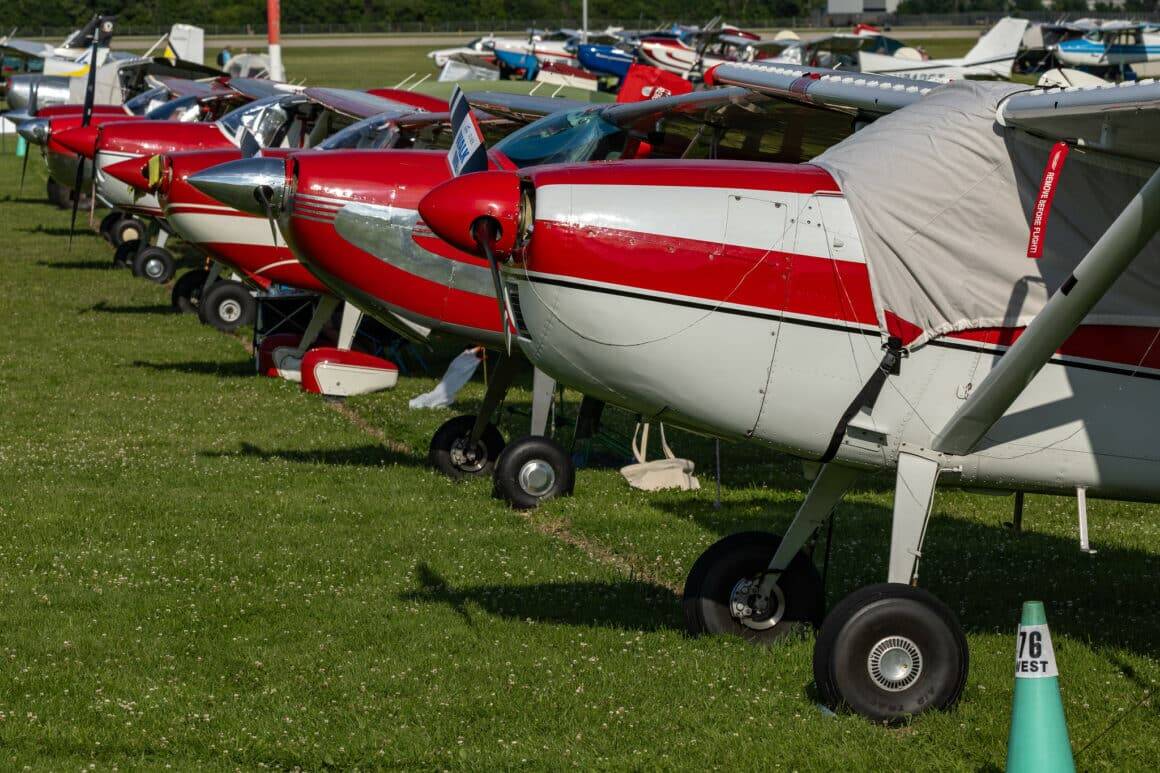
The heart of the MOSAIC rule is about access. It creates a path to the cockpit that is simpler, faster, and far more affordable than before.
The sport pilot certificate has always been the gateway into aviation for many new flyers, but the new framework, which many are calling Sport Pilot 2.0, reimagines what that entry point looks like. Pilots can now earn their certificate in roughly half the time and at half the cost of a traditional private pilot license. The streamlined process means less red tape, fewer training hours, and a clearer path to getting airborne.
A valid driver’s license still serves as a medical, eliminating one of the biggest barriers for aspiring aviators. New endorsement options let pilots expand their privileges over time, including night operations, retractable landing gear, and controllable-pitch propellers. The approach feels more personal and flexible, allowing each pilot to grow at their own pace.
“This rule reflects years of hard work and persistence from AOPA and our industry partners to move general aviation forward into the next generation of flying,” said Jim Coon, AOPA Senior Vice President of Government Affairs and Advocacy. “This is an amazing opportunity for existing and future aviators. It’s a great time to be in aviation.”
For new students, Sport Pilot 2.0 represents freedom. For instructors and flight schools, it brings renewed energy to the training environment. And for everyone who has ever dreamed of flying but hesitated at the cost or complexity, this may be the best opportunity in a generation to finally take the controls.
Opportunities for Flight Schools and CFIs
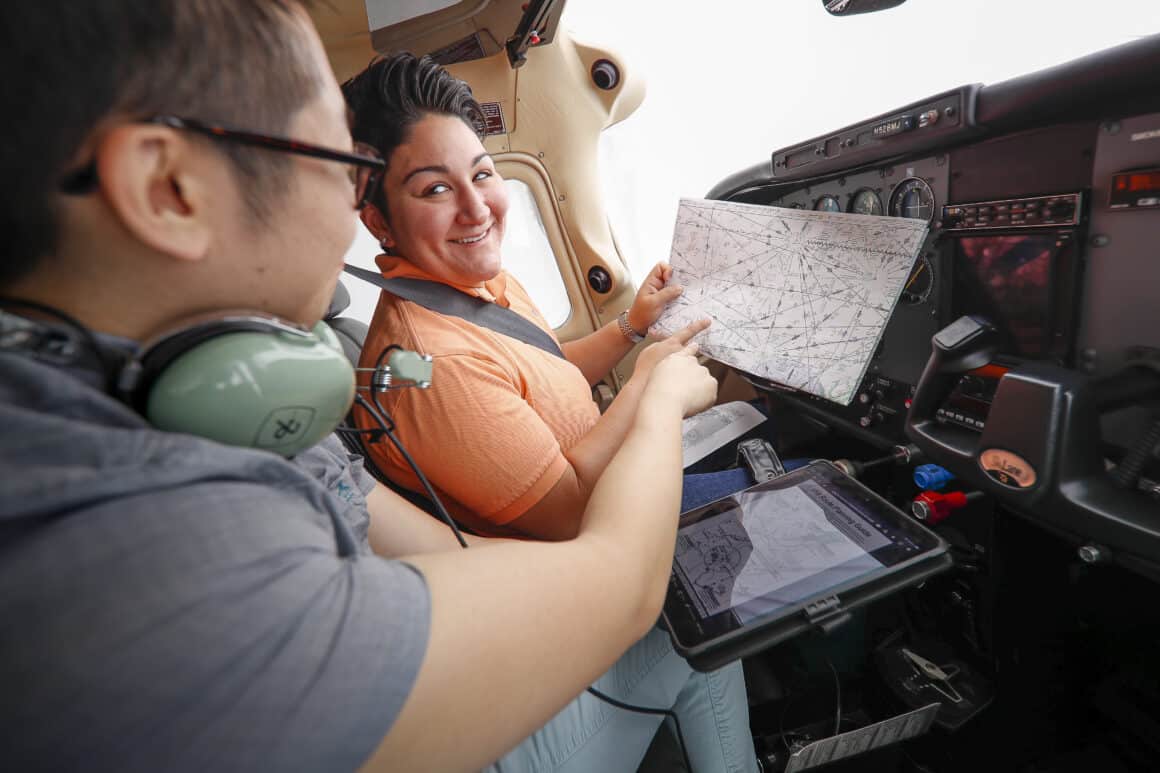
The ripple effects of the MOSAIC rule reach far beyond the cockpit. Flight schools and independent instructors now have more options and more flexibility in how they train the next generation of pilots.
Gone are the days of needing special light-sport aircraft to teach sport pilots. Under MOSAIC, most flight schools can use their existing fleets for training. That means more aircraft available for lessons, more options for students, and a higher likelihood of completion.
Schools can also develop new training programs centered around Sport Pilot 2.0, thereby reducing dropouts and enhancing retention. Instructors who may not be on the airline track can become Sport Pilot Certified Flight Instructors (CFI-SP), creating new pathways to teach without the heavy investment required for a commercial or instrument rating.
The result is a more flexible, more sustainable flight training ecosystem. Lower barriers mean more students in seats, more aircraft flying, and more people finding their place in aviation.
From our vantage point, it appears to be a win-win for not only the GA but also the entire aviation industry.
Innovation for Manufacturers and Owners

Frederick, MD USA | IMAGE: AOPA
Aircraft manufacturers and owners also benefit from the MOSAIC rule. For the first time, certification standards for light aircraft are based on performance rather than weight.
That change opens the door to new designs and technologies. Light-sport aircraft can now have up to four seats, fly at speeds of up to 250 knots calibrated airspeed, and use retractable landing gear or constant-speed propellers. There are no restrictions on the number or type of engines, which means electric, hybrid, and even turbine-powered light aircraft can now qualify.
For builders and owners, MOSAIC simplifies maintenance and inspection requirements. Minor alterations and repairs can be made on Special Light Sport Aircraft without manufacturer approval, and Light Sport Repairman certification has been modernized with more flexible training requirements.
The next phase, set to take effect on 24 July 2026, will fully implement these airworthiness and certification changes, leading to a new generation of modern, affordable aircraft.
A New Age of Accessibility
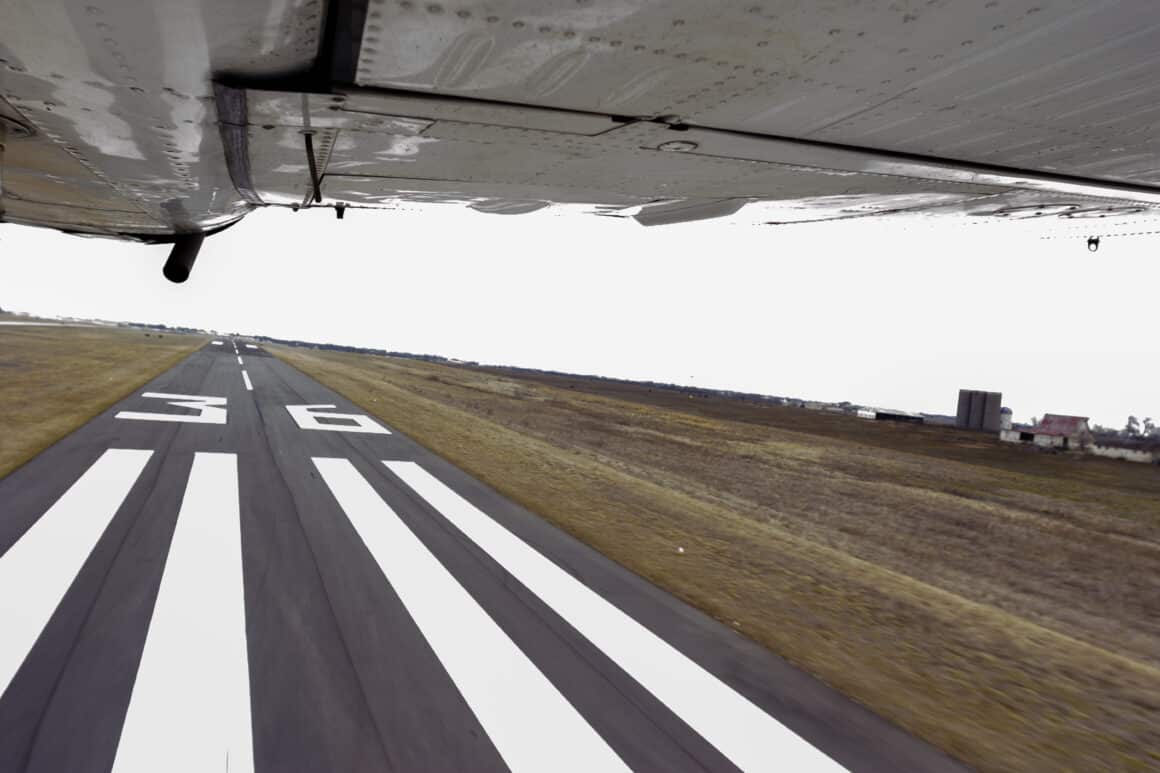
22 October 2025 is a watershed moment for GA in the United States.
Sure, regulations evolve. But what happened today feels bigger than simply regulatory reform. With three-quarters of the GA fleet now accessible to sport pilots and clear, modern certification rules for manufacturers, MOSAIC broadens the pathway for more people to experience the joy of flight than ever before.
It is an open invitation to fly.
MOSAIC brings the spirit of aviation full circle. It revives the accessibility and freedom that inspired the first generation of pilots while embracing the technology and innovation that will define the next.
| Category | Old LSA Rules (2004) | New MOSAIC Rules (2025) |
|---|---|---|
| Maximum Takeoff Weight | 1,320 lb (land) / 1,430 lb (sea) | No specific limit, performance-based |
| Maximum Stall Speed (VS₀) | 45 knots CAS | 61 knots CAS (flaps-down) |
| Maximum Airspeed (VH) | 120 knots CAS | 250 knots CAS |
| Maximum Seats | 2 | 4 |
| Engines | Single reciprocating only | Any number or type, including turbines, hybrids, and electrics |
| Landing Gear | Fixed | Retractable allowed with training |
| Propeller Type | Fixed or ground-adjustable | In-flight adjustable allowed |
| Aircraft Types | Airplane, glider, powered parachute, gyroplane, weight-shift | Expanded to include helicopters, powered-lift, and eVTOL aircraft |
| Pilot Privileges | Limited to small two-seat LSAs, day VFR only | Up to four seats, night flight with endorsement, broader aircraft selection |
| Medical Requirement | FAA medical or driver’s license | Driver’s license accepted, BasicMed for night operations |
MOSAIC Resources
The EAA and AOPA are excellent resources for all things MOSAIC. Below, we have compiled a list of resources to help you learn more about the MOSAIC rule.
- Welcome to a New Era in Recreational Aviation | EAA
- Frequently Asked Questions About MOSAIC | EAA
- MOSAIC Explained | AOPA
- MOSAIC FAQs | AOPA
